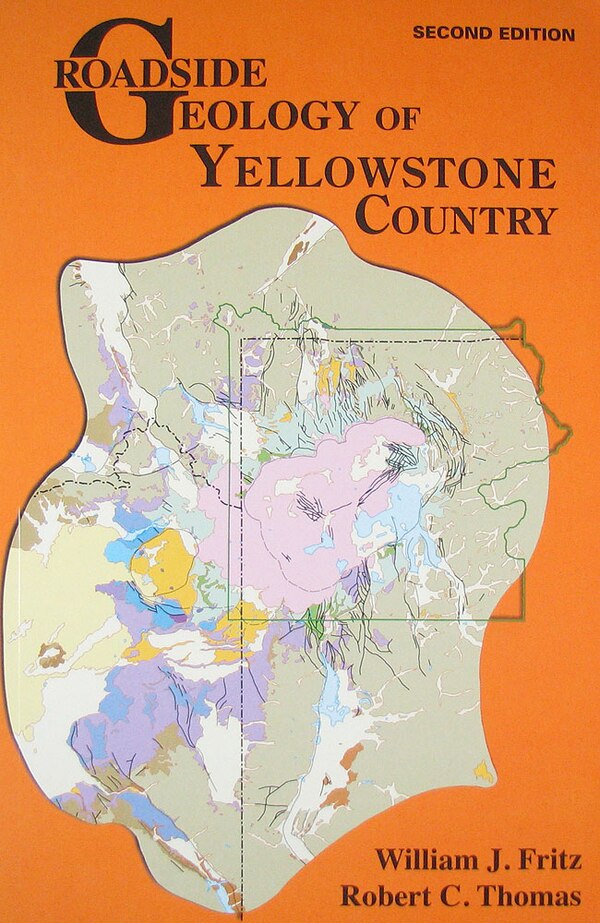Home
Clastic Dikes Of Heart Mountain Fault Breccia Northwestern Wyoming And Their Significance by W G Pierce, Paperback | Indigo Chapters

Coles
Clastic Dikes Of Heart Mountain Fault Breccia Northwestern Wyoming And Their Significance by W G Pierce, Paperback | Indigo Chapters
From W G Pierce
Current price: $18.99
Loading Inventory...
Size: 0.07 x 9.69 x 0.18
*Product information may vary - to confirm product availability, pricing, and additional information please contact Coles
Structural features in northwestern Wyoming indicate that the Heart Mountain fault movement was an extremely rapid, cataclysmic event that created a large volume of carbonate fault breccia derived entirely from the lower part of the upper plate. After fault movement had ceased, much of the carbonate fault breccia, here called calcibreccia, lay loose on the resulting surface of tectonic denudation. Before this unconsolidated calcibreccia could be removed by erosion, it was buried beneath a cover of Tertiary volcanic rocks: the Wapiti Formation, composed of volcanic breccia, poorly sorted volcanic breccia mudflows, and lava flows, and clearly shown in many places by inter lensing and intermixing of the calcibreccia with basal volcanic rocks. As the weight of volcanic overburden increased, the unstable water-saturated calcibreccia became mobile and semifluid and was injected upward as dikes into the overlying volcanic rocks and to a lesser extent into rocks of the upper plate. In some places the lowermost part of the volcanic overburden appears to have flowed with the calcibreccia to form dike like bodies of mixed volcanic rock and calcibreccia. One calcibreccia dike even contains carbonized wood, presumably incorporated into unconsolidated calcibreccia on the surface of tectonic denudation and covered by volcanic rocks before moving upward with the dike. Angular xenoliths of Precambrian rocks, enclosed in another calcibreccia dike and in an adjoining dikelike mass of volcanic rock as well, are believed to have been torn from the walls of a vent and incorporated into the basal part of the Wapiti Formation overlying the clastic carbonate rock on the fault surface. Subsequently, some of these xenoliths were incorporated into the calcibreccia during the process of dike intrusion. Throughout the Heart Mountain fault area, the basal part of the upper-plate blocks or masses are brecciated, irrespective of the size of the blocks, more intensely at the base and in places extending upward for several tens of meters. | Clastic Dikes Of Heart Mountain Fault Breccia Northwestern Wyoming And Their Significance by W G Pierce, Paperback | Indigo Chapters





















